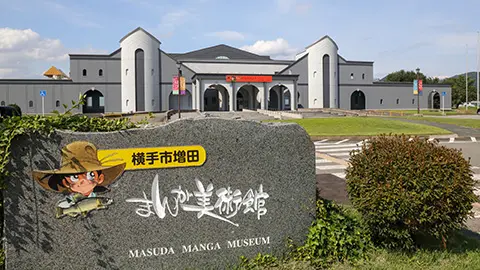VOL.195 AUGUST 2024
EXPLORE THE UNIQUE CHARM OF MANGA IN JAPAN
The Originality of Japanese Manga-Making Captivates the World
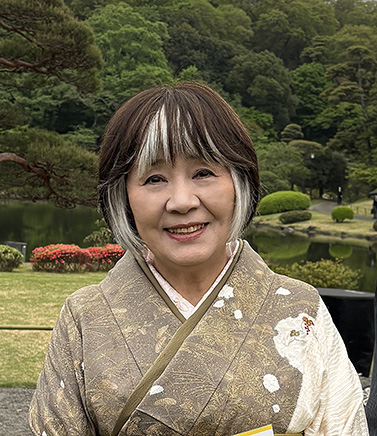
Manga artist. Made her professional debut in 1964 while still in high school with Pia no Shozo (“The Portrait of Pia”). Won the Kodansha Publishing Culture Award for Ashita Kagayaku (“Tomorrow Will Shine”) and Hime ga Yuku (“There Goes the Princess”). Her manga Kariudo no Seiza (“Constellation of the Hunter”) won the Kodansha Manga Award. SATONAKA Machiko is also the author of numerous historical manga, including Tenjo no Niji (“Celestial Rainbow”) and Jotei no Shuki (“Memoirs of the Empress”). She also serves as a professor at Osaka University of Arts and President of the Japan Cartoonists Association.
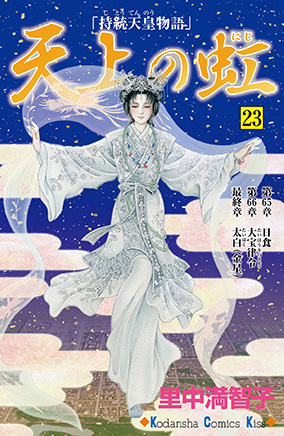
Photo: SATONAKA Machiko
In recent years, Japanese manga have received international acclaim, sparking widespread curiosity about the origins of their conception and the process by which they are created. We interviewed SATONAKA Machiko, one of Japan's leading manga artists and President of the Japan Cartoonists Association, about what makes the originality of Japanese manga creation so captivating.
Comics are widely published in different countries around the world. What are the distinctive features of Japanese manga compared to foreign comics, from the perspective of the creative process?
First of all, in countries other than Japan, comic artists are basically regarded as illustrators, and their work is considered mainly to be drawing pictures. For example, as I witnessed during a visit to the United States, the creation of American comics is very similar to Hollywood movie production. The mainstream approach in the US is for the publisher to control the copyright and create the manga under a division of labor system, assigning one artist to draw the main character, another to draw the female counterpart, a writer to create the script, and so on. The person whose role is closest to that of a manga artist in Japan in fact only draws pictures according to the publisher’s direction. This means that even for the same comic title, there are several artists in charge of creating drawings. I was surprised when an American comic artist I met told me, “I worked on the main character of Batman for a while,” because this approach is different from the common practice in Japan.
In Europe, particularly in the French cultural sphere, a pictorial style of comic called “bande dessinée” (“drawn strips” or “BD” for short) developed. This style emphasizes the power of the image as the main narrative tool. In it, each frame stands on its own as a single drawing, and I feel that this method of creation is a way to “presenting the image as the main element.”
On the other hand, in contrast to American comics, Japanese manga is, in principle, created by the writer/manga artist alone. In other words, like novelists, manga artists are responsible for the entire creation process, from the conceptual stage of deciding what kind of work to create, to drawing the finished original artwork and submitting it to the publisher. In addition, there is a continuity between all the frames, and on the premise of this continuity, the artist creates a conceptual draft called a “name”* (neimu in Japanese), which is both a script and a storyboard and serves as the basis for the creation of the manga. Each work is essentially a unique world developed by the artist, so in Japan, the death of the artist means the end of all the manga series they authored. Unlike animation, which is the product of a division of labor, every single line of the drawings and every single quip of the characters can only be created by that particular artist. These elements make up the unique world of Japanese manga.
As you just mentioned, there is an originality in the creation of Japanese manga that sets it apart from that of other countries. What do you think is the main reason for the development of this unique style that has captivated the modern world?
Particularly significant in the rapid development of Japanese manga after the end of World War II was the influence of TEZUKA Osamu.** In Japan, TEZUKA Osamu is considered the “God of Manga,” not only because he created many fascinating works, but also because he broke away from the conventional wisdom of the manga world and expanded the expressive methods of the genre. Before TEZUKA, the structure of manga was similar to that of stage plays, consisting of relatively simple compositions in which movement was mainly lateral. In comparison, the composition of TEZUKA Osamu’s manga was three-dimensional and had a depth to it. In addition, TEZUKA was always coming up with highly innovative compositions, such as drawing from a bird’s-eye view and inserting frames with close-ups of the eyes.
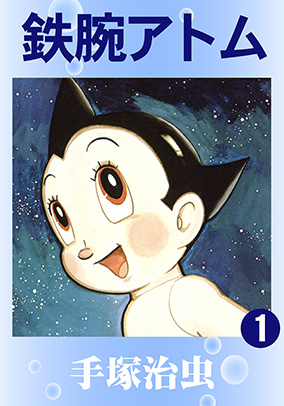
©Tezuka Productions
TEZUKA Osamu was also a genius at creating plots. Until then, manga consisted of stories that were comprehensible to children, or funny in an innocent, somewhat silly way, or easy-to-follow tales of “justice always triumphs over evil”. In TEZUKA’s works, on the other hand, the main characters were the kind of figures typically looked down upon by society, understood by no one, lonely, even sacrificing themselves to save the world. Depicting a robot instead of a human as the main character was also an innovative approach.
TEZUKA’s originality could be explained with the fact that during the period when he was active, magazines for boys and girls were the main platform for the publication of his works, so his readership consisted mainly of junior high school and high school children. So he drew stories that taught children, in an accessible way, that the world is a complicated place where things do not always go the way you want them to, and that there is more than one kind of justice. This approach prompted readers to think about the question, “What on earth do people live for?” In other words, the power of storytelling is what gave TEZUKA’s works their unmatched originality. The reason why today’s Japanese manga is not presented through drawings alone, but relies heavily on narratives, scenarios, and frame layouts, is because a single genius, TEZUKA Osamu, came along and drastically changed the conventional wisdom and concept of manga.
So what is the normal process that goes into creating Japanese manga, a genre that has captured the imagination of people worldwide?
In Japan, when creating a manga, the author first comes up with a story. They imagine the setting and worldview of the work they want to depict, and the characters who will appear in the story. This process of putting together the concept of a manga takes a long time, sometimes even decades, depending on the work.
Next, to convert the concept into an actual manga, the artist begins a process of creating a rough draft called a “name,” which is both a script and a storyboard. They think about the composition of each page, the frame layout,*** and the dialog. The most important thing of all is the design of the characters. What do they look like, how do they dress, how do they speak? Unlike novels, visual design is also important in manga.

Photo: SATONAKA Machiko
Once the “name” is roughly finished, the author creates a pencil draft. Through a process of trial and error, they decide whether to draw a close-up of the main character or change the composition after comparing the right page with the left page. Then comes the inking process.
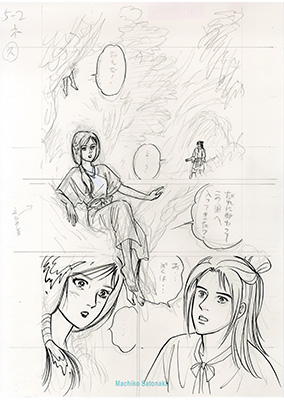
Photo: SATONAKA Machiko
In analog drawing, the artist uses a pen filled with ink or sumi ink, but some artists prefer to use brushes or markers. Recently, many artists also draw manga digitally, using a personal computer. After drawing the characters, the next step is to draw the background. Sometimes the artist draws scenery such as buildings, trees, and the sky, and sometimes they add effects such as fills or patterns. This work is sometimes done by assistants. Through these different stages, the manga comes to life.
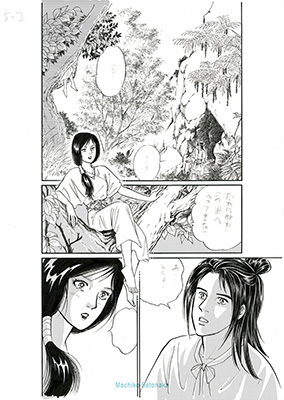
Photo: SATONAKA Machiko
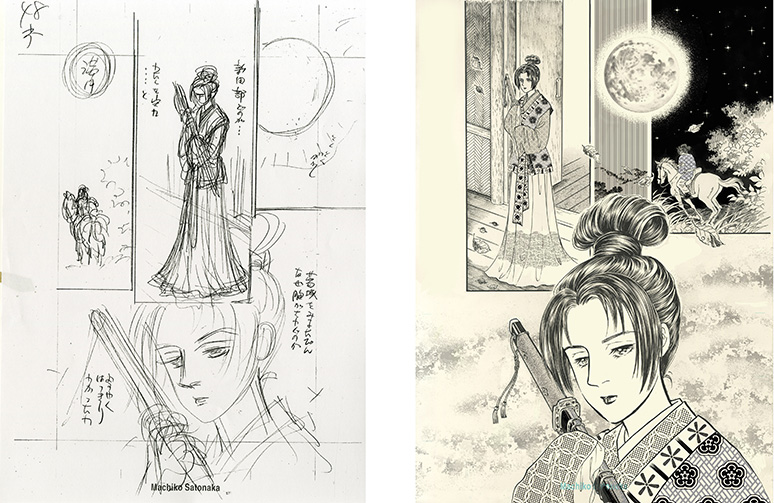
The draft image (left) and the finished version (right) beautifully completed through the post-processing inking work (from Tenjo no Niji (“Celestial Rainbow”))
Photo: SATONAKA Machiko
Many of your works have an epic worldview and storyline. What do you consider important when creating manga?
In the case of historical manga based on facts, for example, I strive to incorporate a sense of respect for historical figures who really lived in the past into my work. For instance, when I was a teenager I started working on the concept for a manga based on Manyoshu (“Collection of Ten Thousand Leaves”),***** an anthology compiled roughly in the late 8th century. Ancient Japan was considered a male-dominated society with a strict status system, but that was the Japan after the establishment of the samurai society. As a young girl, I was very impressed by the completely different, open and free world depicted in Manyoshu. In working on this project, I was inspired by a desire to spread awareness of the unique Japanese sensibilities and ideas that have been passed down since ancient times, as expressed in the waka poems of poets of Manyoshu.
Your work reflects your passion for Japanese culture. What other works would you recommend to those interested in reading Japanese manga?
It is wonderful to see more and more ambitious Japanese manga taking on difficult and complex subjects. I am especially amazed by the depth and intensity of war manga created by young artists. A recent example is Peleliu: Guernica of Paradise (by TAKEDA Kazuyoshi), which is set on the battlefields of World War II. Some of the other recent manga works whose authors amaze us with their choice of challenging themes include: Orb: On the Movements of the Earth (by UOTO), a story about people researching the heliocentric theory in 15th century Europe; and GOLDEN KAMUY (by NODA Satoru), an adventure story set in Hokkaido in the late Meiji period and depicting the Ainu****** culture. I hope that readers will have a chance to discover this world of outstanding Japanese manga that breaks free from the constraints of conventional wisdom and creates new values and originality.
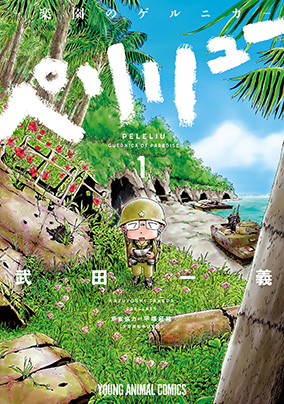
Photo: ©Kazuyoshi Takeda / Hakusensha, Incorporated
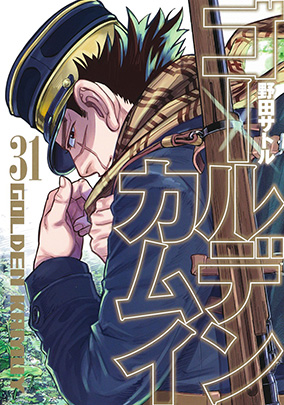
Photo: SHUEISHA
* A rough draft of the frame layout, frame-by-frame composition, dialog, character placement, etc., created when drawing a manga. It is also known as frame layout, rough name, rough draft, or, in some cases, storyboard.
** TEZUKA Osamu (November 3, 1928 – February 9, 1989) was a Japanese manga and animation artist who also held a medical degree. He was a leading figure in story manga in Japan. His notable works include Astro Boy (known in Japan as Mighty Atom (Japanese: Tetsuwan Atomu)), Phoenix, and Black Jack.
*** The grid lines that divide manga drawings into scenes or sections of dialogue are called frames. Determining the size and positioning of each drawing is called “frame layout.”
**** An adhesive-type transparent sheet with various patterns and gradations printed on it, used in graphic design, illustration, manga, etc.
***** The oldest existing anthology of waka poems in Japan, said to have been compiled in the late 8th century. Waka is a short poem style of literature unique to Japan.
****** Indigenous people of the northern part of the Japanese archipelago, particularly in Hokkaido, who have developed a unique culture. Their language is also called Ainu, and it belongs to a linguistic family unrelated to the Japanese language.
By MOROHASHI Kumiko
Photo: ©Kazuyoshi Takeda / Hakusensha, Incorporated; ©Tezuka Productions; SATONAKA Machiko; SHUEISHA
